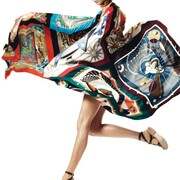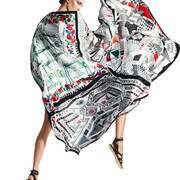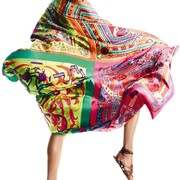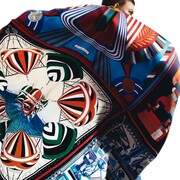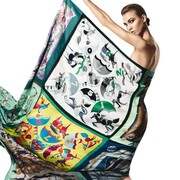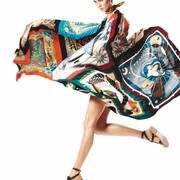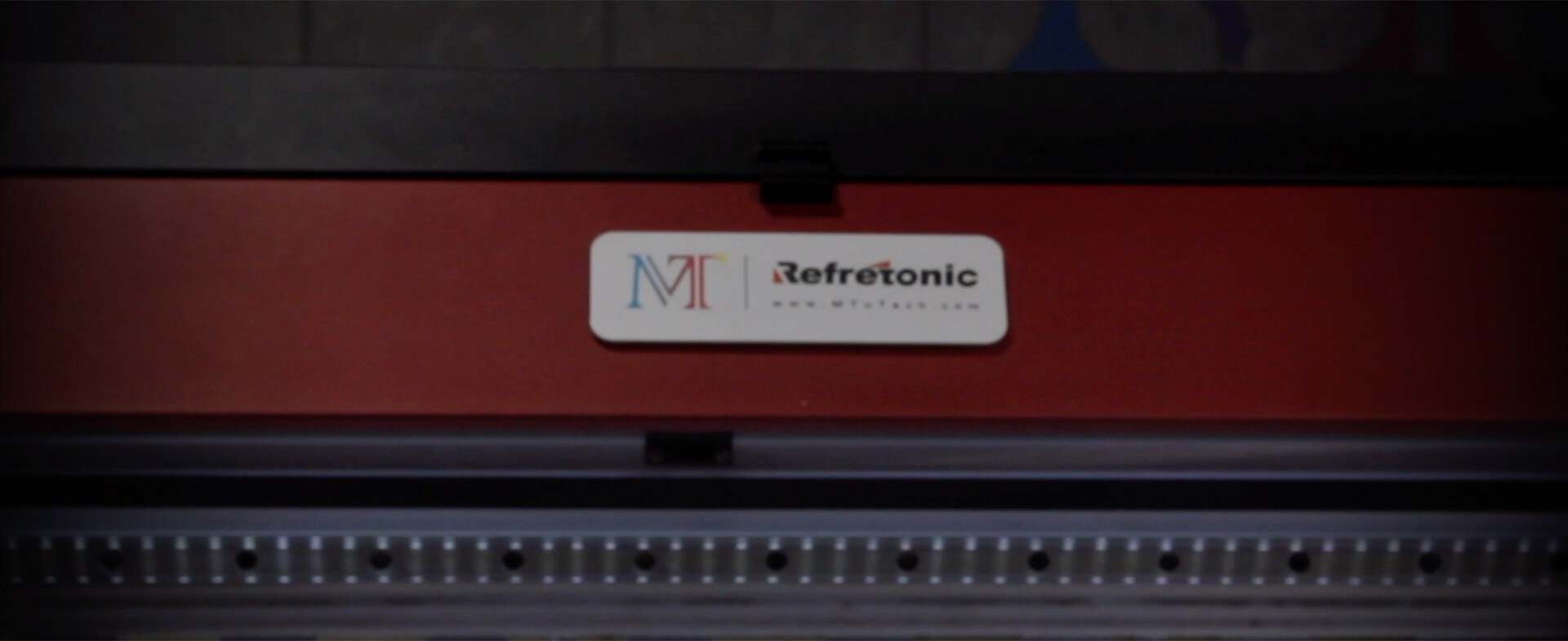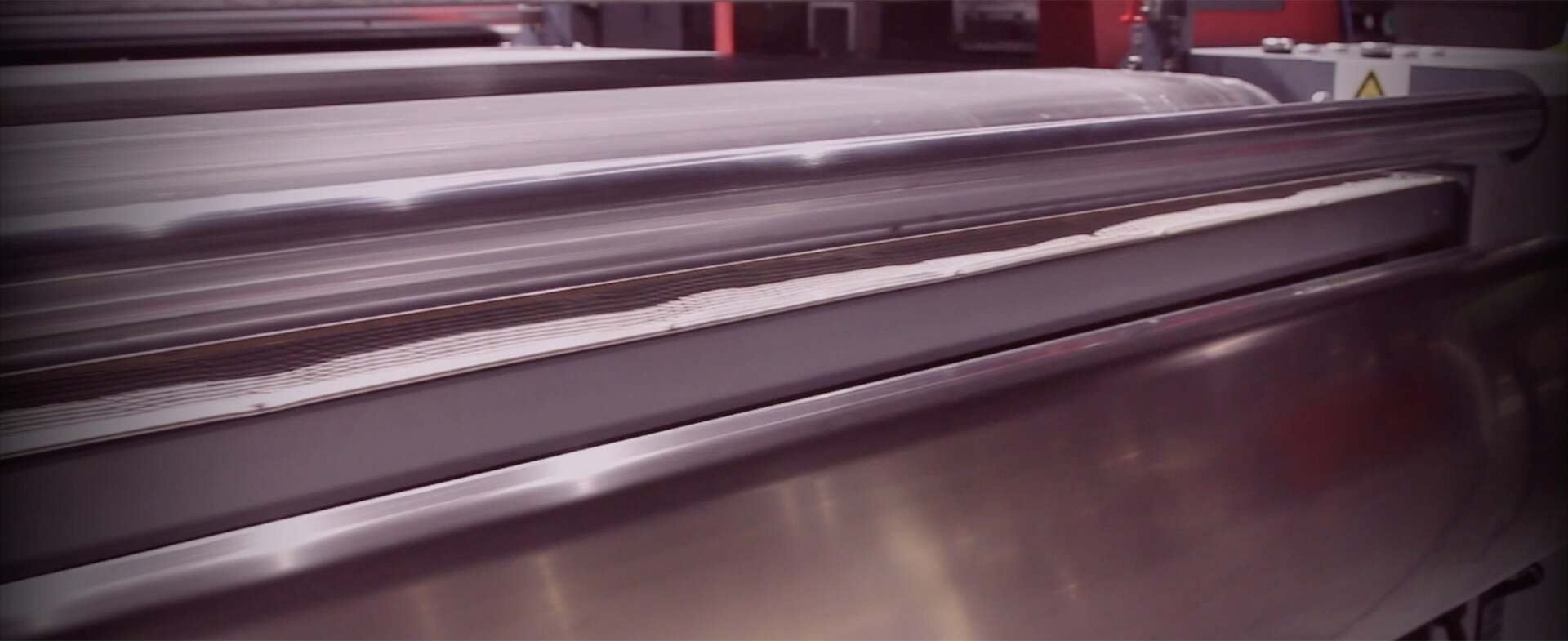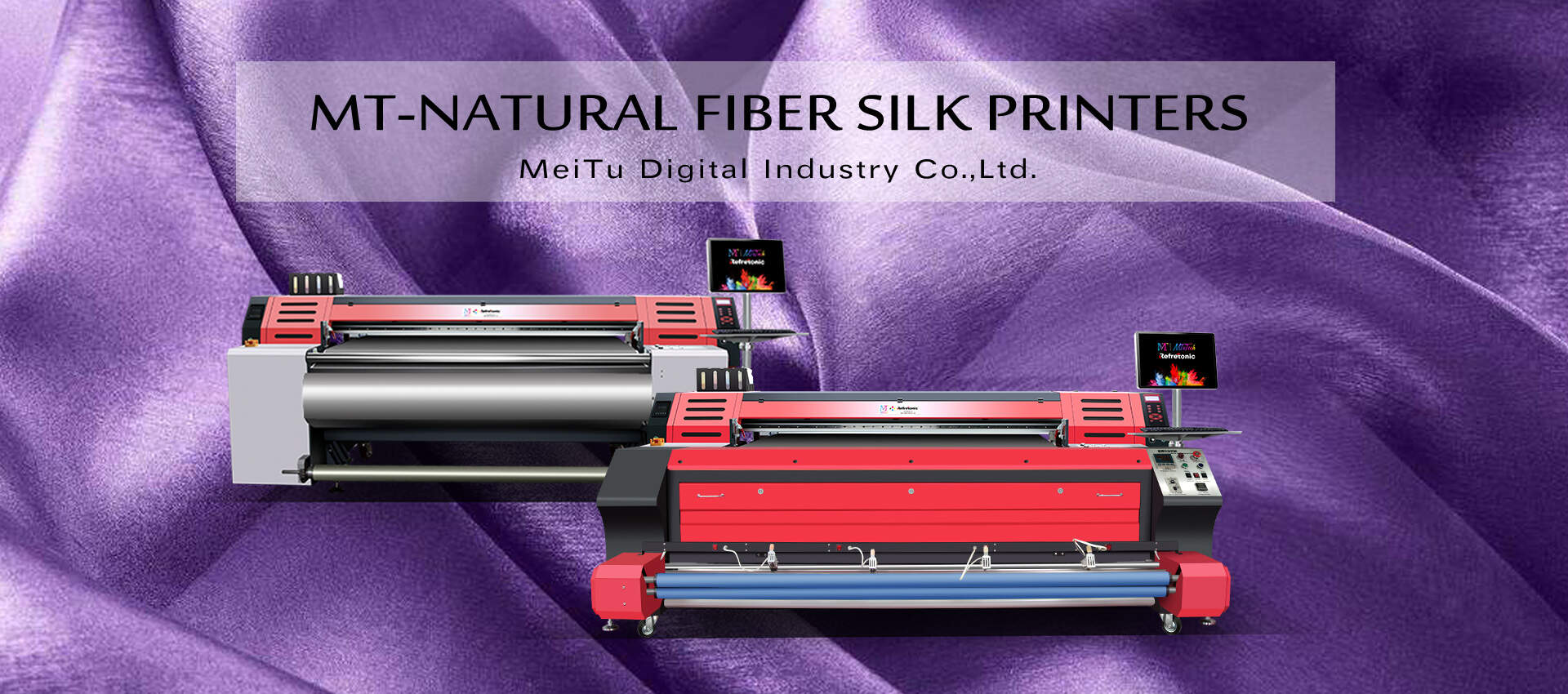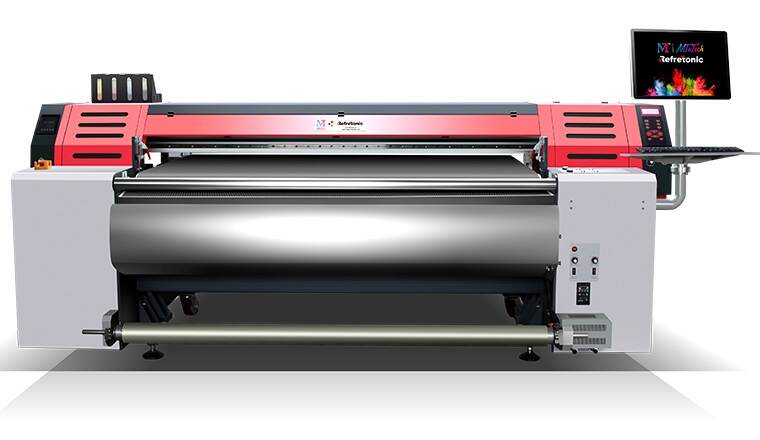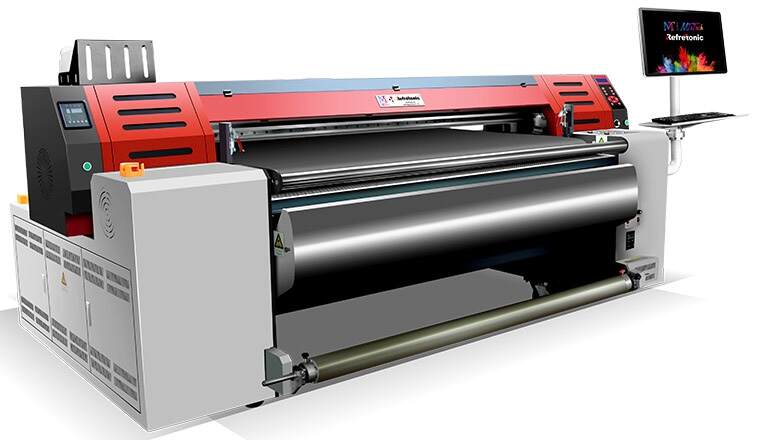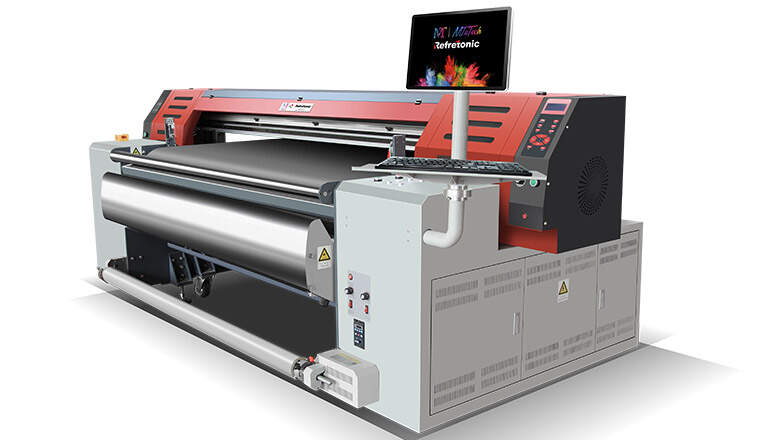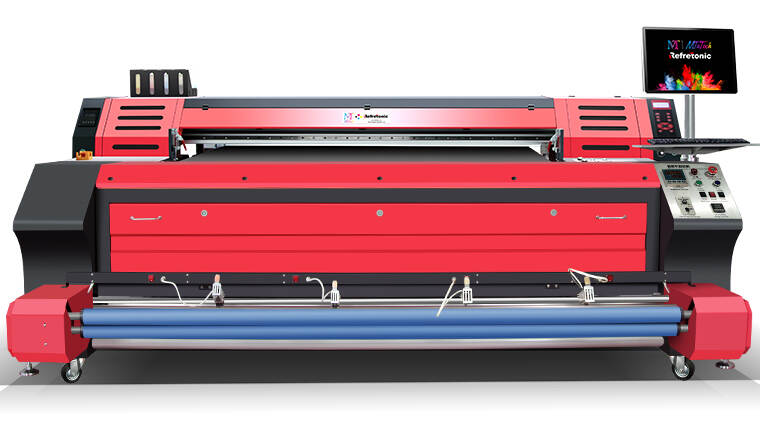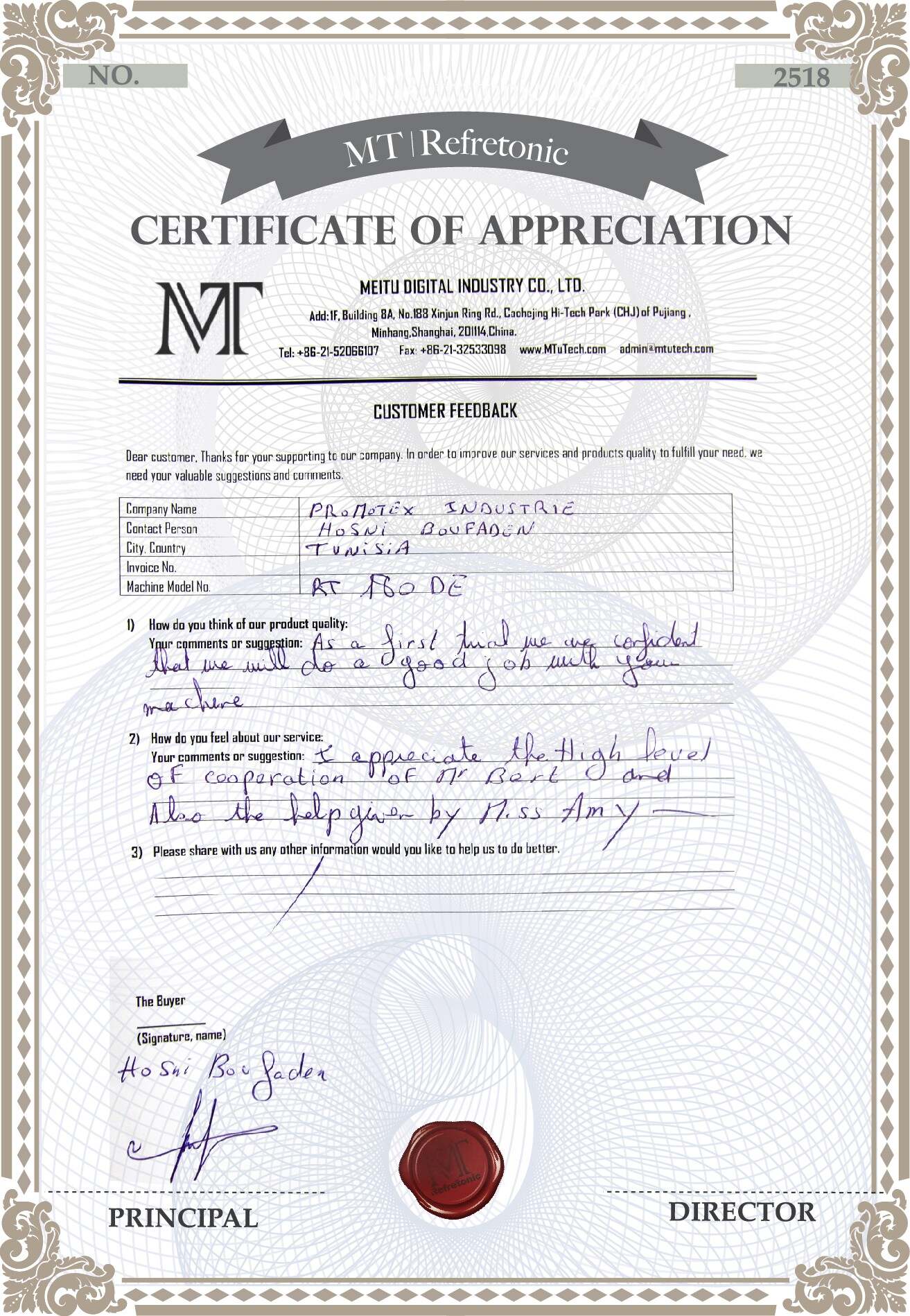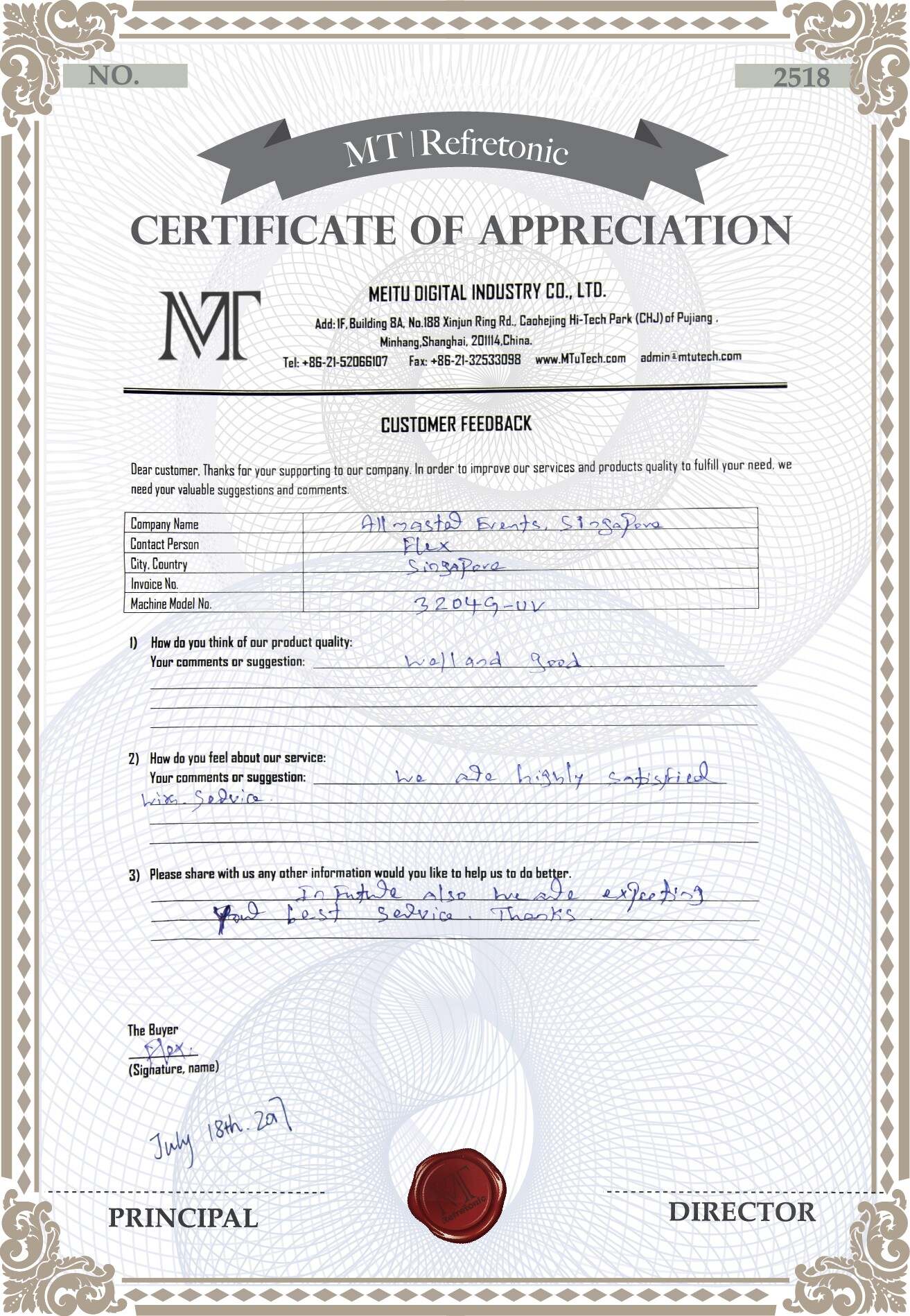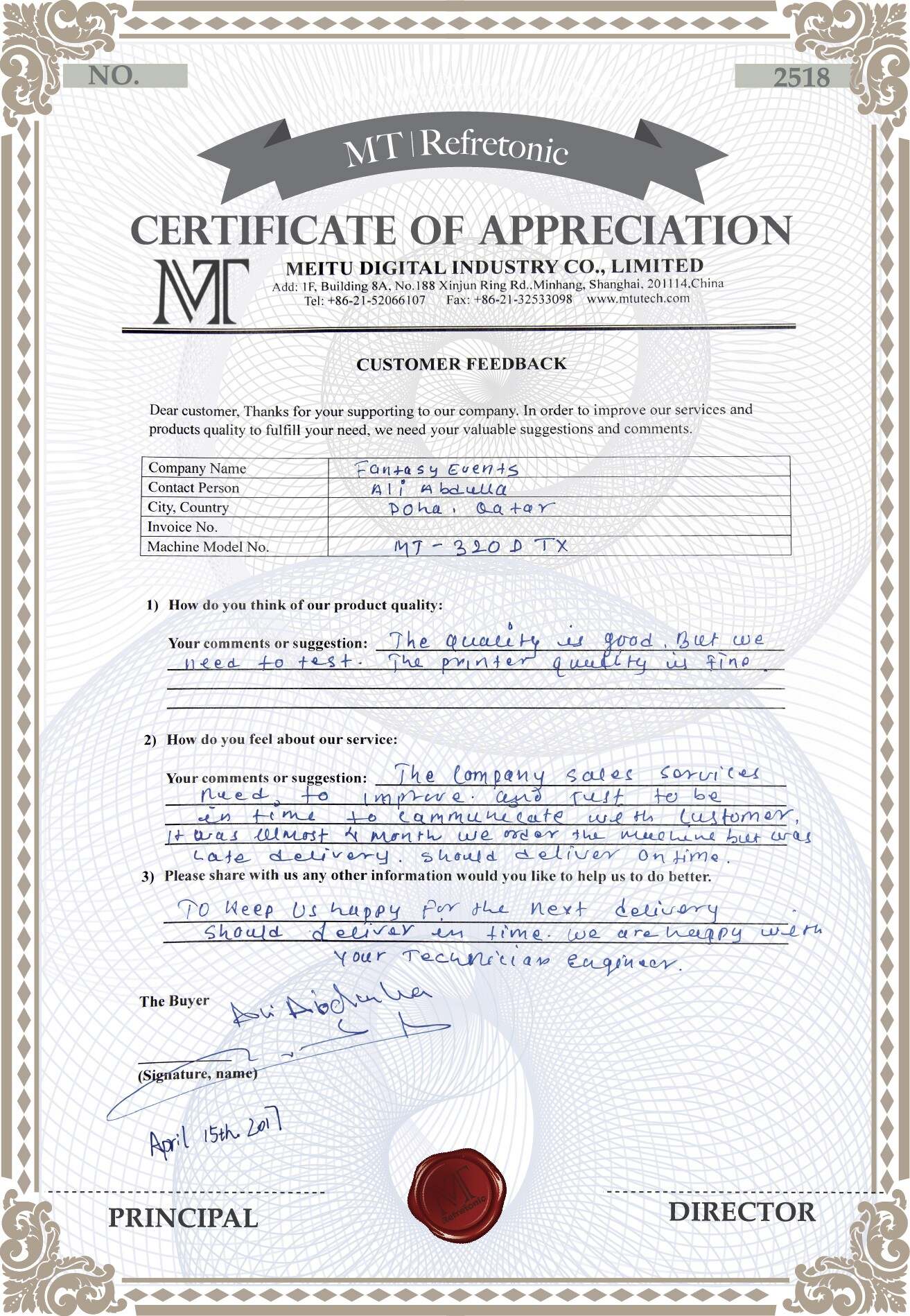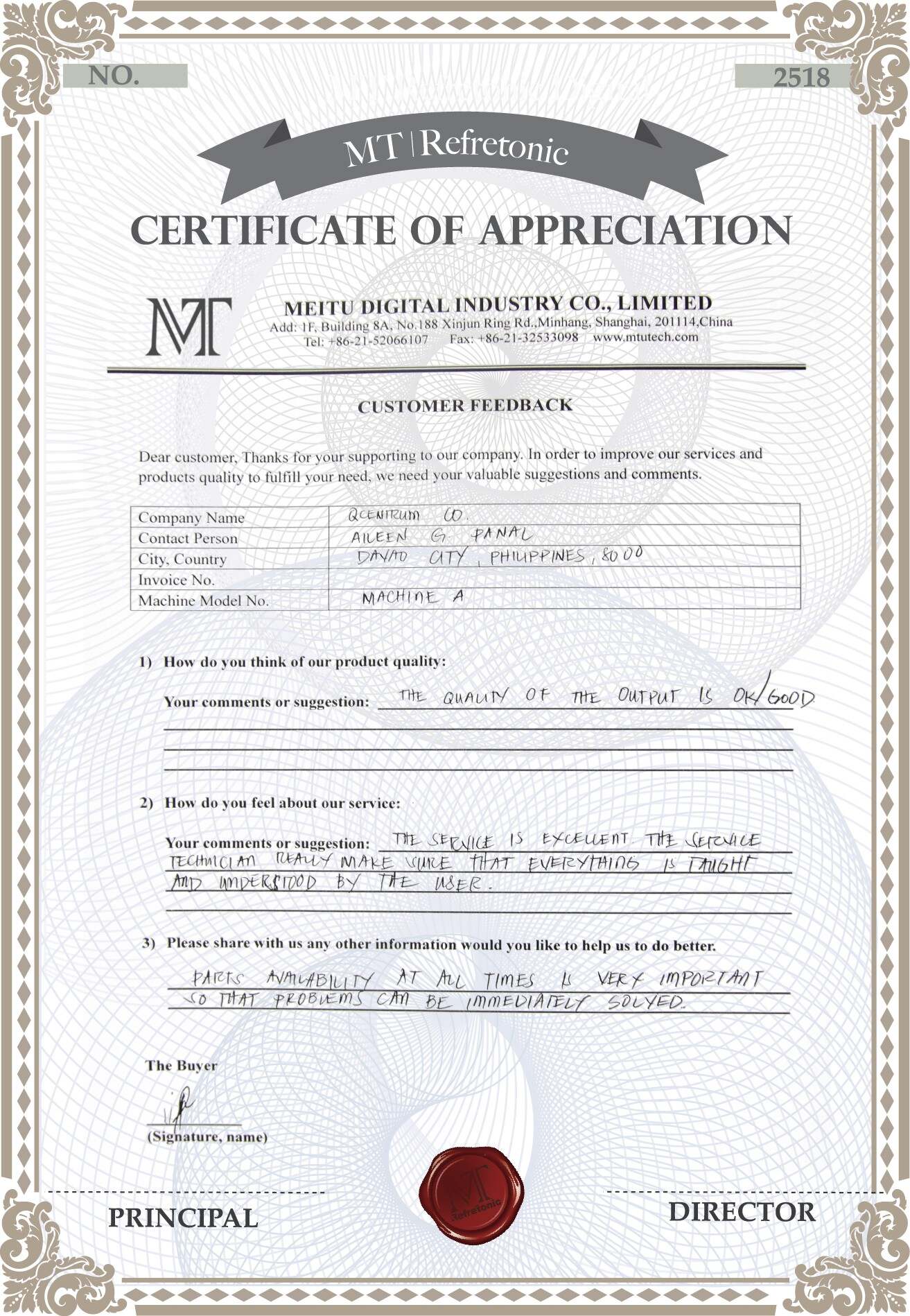-
Company Advantage
We promoted the technical innovation in the digital inkjet printing facilities production.
The MT Industry has been keeping developing! -
Customer Service
Please contact us if you have any doubt, problem or trouble regarding to our products. Just click “LIVE CHAT”!
-
Guarantee Policy
We provide with 1 year warranty, but gain PERMANENT GUARANTEE with continuous ink order!
-
Payment Terms
We are committed to providing the most convenience payment term; the Client can choose T/T, L/C, PayPal and West union!
-
Packing Standard
The most environmentally friendly and strong packaging, the clients no need worry in the delivery process!
-
Transportation & Delivery
We provide the most convenient, safe, fast Transport after we get the purchase order, even provide home delivery!
Before deciding whether or not your printing company is interested in our digital textile printing machines, it is important to understand the possibilities of digital printing in terms of digitally printable materials.
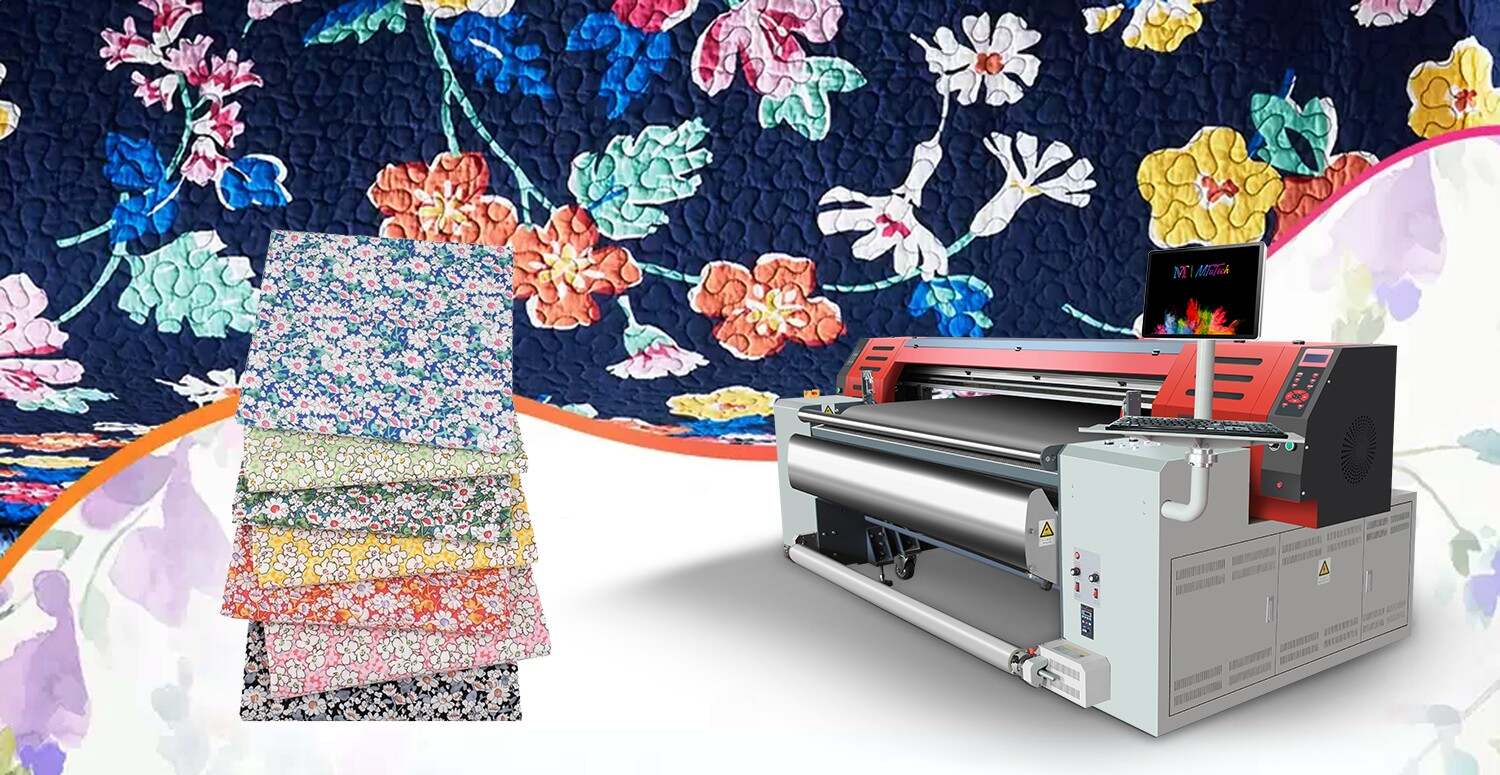
Textile digital printing machines are the latest innovations in the textile printing industry. More and more printers are transitioning to digital printing and benefiting from the competitive advantage it offers them, fast production speeds and the possibility to print intricate designs and detailed graphics.
Detailed Explanation of Textile Digital Printing Technology
Digital textile printing is an inkjet-based printing method that enables printers to print high-quality designs on a wide range of fabrics. However, there are also some fabrics that are not suitable for this particular printing technique. In this article, you will learn which fabrics are best for digital printing. Which fabrics can and cannot be used for digital textile printing?
To fully understand why certain fabrics cannot be digitally printed, it is essential to understand the technology behind digital printing. In digital printing, the material needs to be pretreated first. After that, it will pass through the inkjet printer at high speed. The digital textile printing machine uses the printable design of the digital data file, reads the correct color information, and prints the color onto the digital printing material.
The fabric is colored by tiny ink droplets produced by countless print heads. These print heads are positioned a few millimeters above the substrate (for example, MT's printing technology achieves a distance of 4 mm from the substrate).
Digital printing material
In digital textile printing, many printheads ensure high-quality designs and fast production speeds. However, some materials cannot be used for digital printing due to the close proximity of the nozzle to the fabric. For example, fabric with many loose threads may come into contact with the print head and cause damage.
Textile digital printing technology can be used for both woven and knitted fabrics. Below, we will specifically explain which digital printing materials are available and which materials are not suitable for digital printing. I'll also mention which types of inks work well with digitally printed materials.

Cotton
Cotton is a natural fiber that is especially used for clothing within the fashion industry, mainly because of its high moisture control, comfort, and durability. With a digital textile printing machine, you can print on cotton. To obtain the highest quality possible, most digital printers use reactive inks since this type of ink provides the highest wash fastness for prints on cotton.
Viscose
Viscose is also one of the digital printing materials widely used in the fashion industry. As is the case with printing on cotton, you will get the best results when printing on viscose with reactive ink.
Wool
Printing on wool with a digital textile printer is possible, but this depends on the type of wool you are using. If you want to print on “hairy” wool - meaning a type of wool which has a lot of loose threads sticking out - the print heads have to be positioned as far away
from the substrate as possible. Woolen yarn is five times as thick as the diameter of the nozzle in the print head and can therefore severely damage the printer head.
For this reason, it is important to choose a digital printer that enables you to position your print heads at a considerable distance from the substrate. MT technology supports a printer head distance of four millimeters, compared with the typical 1.5 mm nozzle-fabric distance offered by other print heads, which enables you to digitally print on any type of digital printing materials - even hairy wool.
Silk
Another natural fiber that can be used as a digital printing material is silk. Silk can be printed with reactive ink (when high-fastness is priority) or with acid inks (if colour gamut is priority).
Polyamide lycra
Polyamide lycra is a type of fabric that is mainly used for swimwear. It is possible to use as digital printing material, preferably with acid inks. By using acid inks, you obtain the highest colour brilliance, wash fastness and resistance for saltwater and chlorine.
Polyester
Over the last couple of years, polyester has become an increasingly popular fabric within the fashion industry. However, the most commonly used ink for printing on polyester, disperse ink, does not work well when printing with high-speed digital printers. A typical problem is printer contamination through ink mist.
Therefore, printers have switched to sublimation printing on paper and recently successfully switched to direct printing on polyester fabric with sublimation inks. The latter requires a more expensive printer since a belt system to hold the fabric is needed, but it saves printers paper costs and no steaming or washing is required.
Overall, general sublimation printing on polyester results in somewhat lower fastnesses than printing with disperse inks. But in the fashion world that is an acceptable compromise for sustainability.
Mixed fabrics
Mixed fabrics - fabrics consisting of two different types of materials - can challenge digital printing machines. That's because only one type of ink at a time can be used in digital textile printing. Since all digital printing materials require a different type of ink, you have to use the ink that is suitable for the material that makes up most of the fabric. This can cause the ink not to stick to the other material that is used in the fabric, which could result in pale colours.

In general, digital textile printers can handle mixed digital printing materials with a minimum division of 70-30%. For example, a mixed fabric consisting of 70% cotton and 30% polyester can be printed with a digital textile printing machine with reactive inks. However, digital printing materials with a 60-40% division will limit the colour depth.
Producing High-Quality Designs on a Wide Range of Digital Printing Materials
In short, the question "which fabric is best for digital printing?" really depends on your end product. Almost all fabrics can be used as digital printing materials, as long as the right inks are being used.
Digital textile printing enables you to improve print quality and accelerate your production rate. For these particular reasons, more and more conventional printers are making the transition to digital textile printing. Curious how digital textile printing can help your company optimize your printing process and meet increased customer demands for shorter-runs, fast turnarounds, and high-quality designs?Please contact us.
